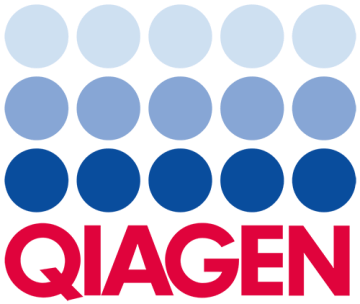
Welcome to QIAGEN!
You can accept or revoke the cookies used on this website at any time with the selection below or by adjusting your cookie settings. For complete details about our cookies, see our Cookie Policy.

In theory, each PCR cycle doubles the amount of amplicon in the reaction. Therefore, 10 cycles multiply the amplicon by a factor of ~1000 and so on.
Each PCR cycle consists of template denaturation, primer annealing and primer extension. If the temperatures for annealing and extension are similar, these two processes can be combined. Each stage of the cycle must be optimized in terms of time and temperature for each template and primer pair combination.
After the required number of cycles has been completed (see table Guidelines for determining the number of PCR cycles for further information), the amplified product may be analyzed or used in downstream applications.
| Amount of 1 kb DNA fragment |
Amount of E. coli DNA |
Amount of human DNA |
Number of single-copy targets |
Number of PCR cycles |
|---|---|---|---|---|
| 0.0.1–0.11 fg | 0.05–0.56 pg | 36–360 pg | 10–100 | 40–45 |
| 0.11–1.1 fg | 0.56–5.56 pg | 0.36–3.6 ng | 100–1000 | 35–40 |
| 1.1–5.5 fg | 5.56–278 pg | 3.6–179 ng | 1 x 103 – 5 x 104 | 30–35 |
| >5.5 fg | >278 pg | >179 ng | >5 x 104 | 25–35 |
